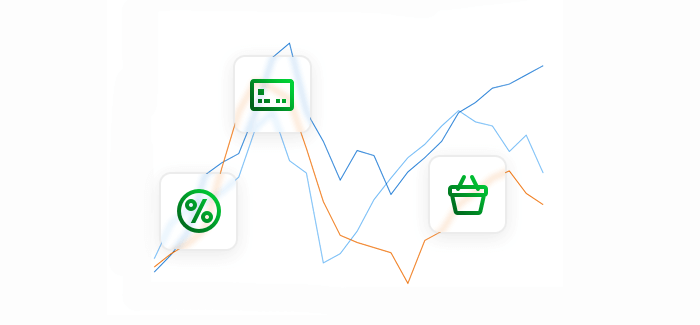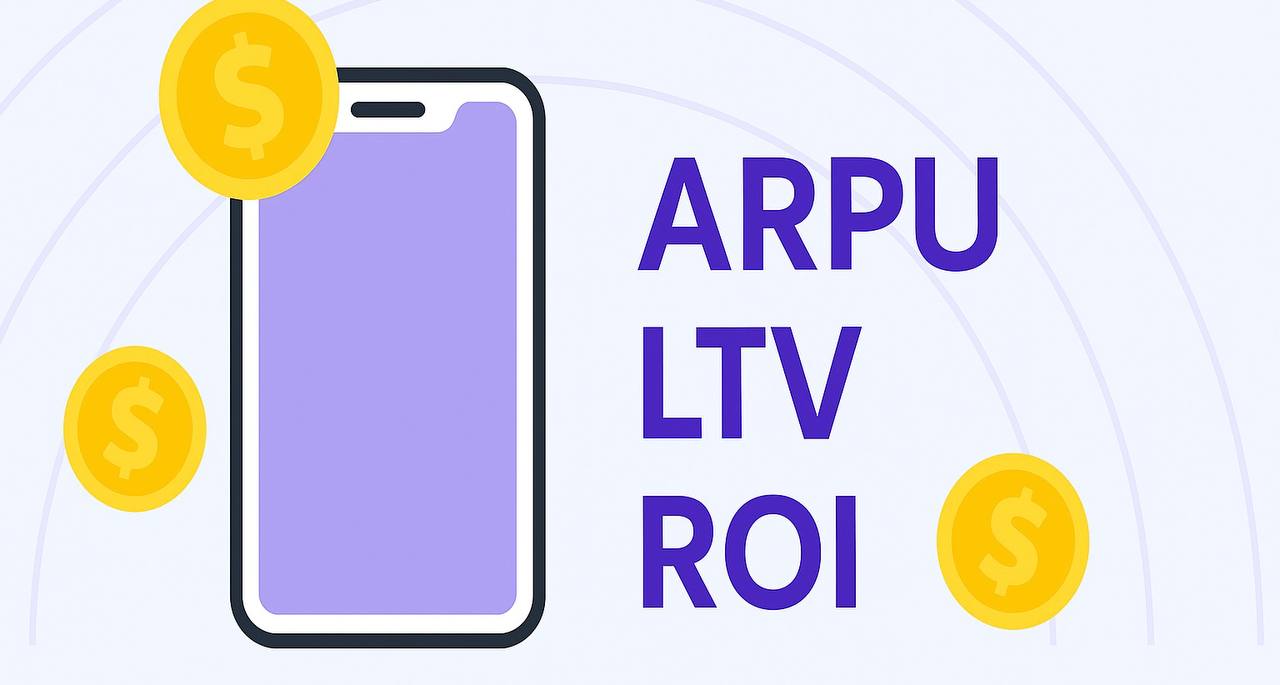Monetization analytics SDK: calculate ARPU, LTV & ROI with Infatica SDK
Understanding and optimizing passive monetization has become one of the most significant challenges — and opportunities — for developers in 2025. As app stores enforce stricter transparency policies and users increasingly reject intrusive ads, the industry is shifting toward silent, data-compliant monetization models. This is where a monetization analytics SDK becomes essential. When combined with platforms like Firebase and BigQuery, it offers granular insights into key metrics: ARPU, LTV, ARPDAU, eCPM, and ROI. More importantly, it allows developers to tie passive income directly to installs, behavior cohorts, and long-term retention outcomes.
This article explores the practical application of Infatica SDK for developers seeking to measure the effectiveness of passive monetization, implement scalable data models, and ensure compliance with evolving policy frameworks like Google Play 2025. We’ll cover each stage of integration — from analytics setup to SQL modeling — including a case study, performance benchmarks, and critical answers to the most common concerns developers raise about SDK-based monetization.
The evolving economics of monetization analytics
AppsFlyer’s 2025 “Top 5 Trends in App Monetization” outlines a shift toward user LTV and away from short-term CPI tactics. With privacy changes limiting user-level attribution and stricter ad policies on Android and iOS, developers are prioritizing methods that extract value from 100% of users, not just the monetizing minority.

This change is not limited to mobile. On desktop platforms — particularly Windows and macOS — ad-based monetization is often impractical. Similarly, browser extensions rarely support visual ad delivery, pushing developers toward passive monetization SDKs as the most viable path forward. Solutions like Infatica SDK tap into background monetization without interrupting the user experience, making them ideal for apps with high retention but low direct monetization engagement.
Technical foundation: From SDK to SQL
Infatica SDK creates passive income streams by operating silently in the background. It’s compatible with Windows, macOS, and browser-based extensions, allowing developers to implement it across diverse ecosystems. Each instance logs revenue events (“sdk_revenue”) tied to a Sub-ID — a unique identifier generated at install, install-source, or campaign level. These IDs enable fine-grained revenue attribution down to the cohort or individual user level.
Once connected to Firebase, these events are synced into BigQuery where developers can perform real-time analysis. For example, developers can calculate ARPDAU by summing passive, ad, and IAP revenue per user per day. Similarly, LTV can be tracked across specific Sub-ID cohorts or subscription types, enabling accurate segmentation and long-term planning.
Infatica SDK vs alternatives

Infatica’s approach focuses on peer-to-business monetization. Unlike peer-to-peer SDKs (e.g., Honeygain, Proxyrack), Infatica offers minimal UX impact and full compatibility across platforms.
While Honeygain may consume bandwidth and Proxyrack may stress CPU, Infatica SDK operates with less than 2% CPU usage and negligible battery/network impact — critical for maintaining user satisfaction in apps, games, and extensions.
Case study: Puzzle game with 10K DAU
A browser puzzle game with 10,000 DAU integrated Infatica SDK. In month one, SDK income reached $5,000 (adding $0.017 per user daily). Combined with $15,000 in IAP, ARPDAU rose from $0.050 to $0.067. After optimizing Sub-ID segmentation and pricing, SDK income grew to $8,000 by month three. ARPDAU reached $0.083 and LTV increased 25% — without additional acquisition spend.
Addressing common concerns
Battery usage: Benchmark tests show minimal impact, comparable to background sync services.
Performance: Memory and CPU usage consistently under 2%. No UI latency or foreground interference.
Compliance: GDPR/CCPA aligned. Opt-in supported. Avoids ad UI and ad classification under Google Play 2025.
Google Play 2025 compliance checklist
- Revenue declared in app metadata
- User consent via opt-in prompt
- SDK-revenue logged as separate event
- BigQuery integration for audit visibility
- Confirmed low resource use
Final thoughts
SDK monetization is no longer experimental — it’s essential. With tools like Infatica SDK, developers can monetize 100% of users, across platforms, without ads, without degrading performance, and without violating policy. Infatica SDK is fast to implement, reliable, and scales across desktop, mobile, and browser environments.
Want to explore more? Read related posts:
→ Learn more about Infatica SDK: infatica-sdk.io/sdk or Contact us
